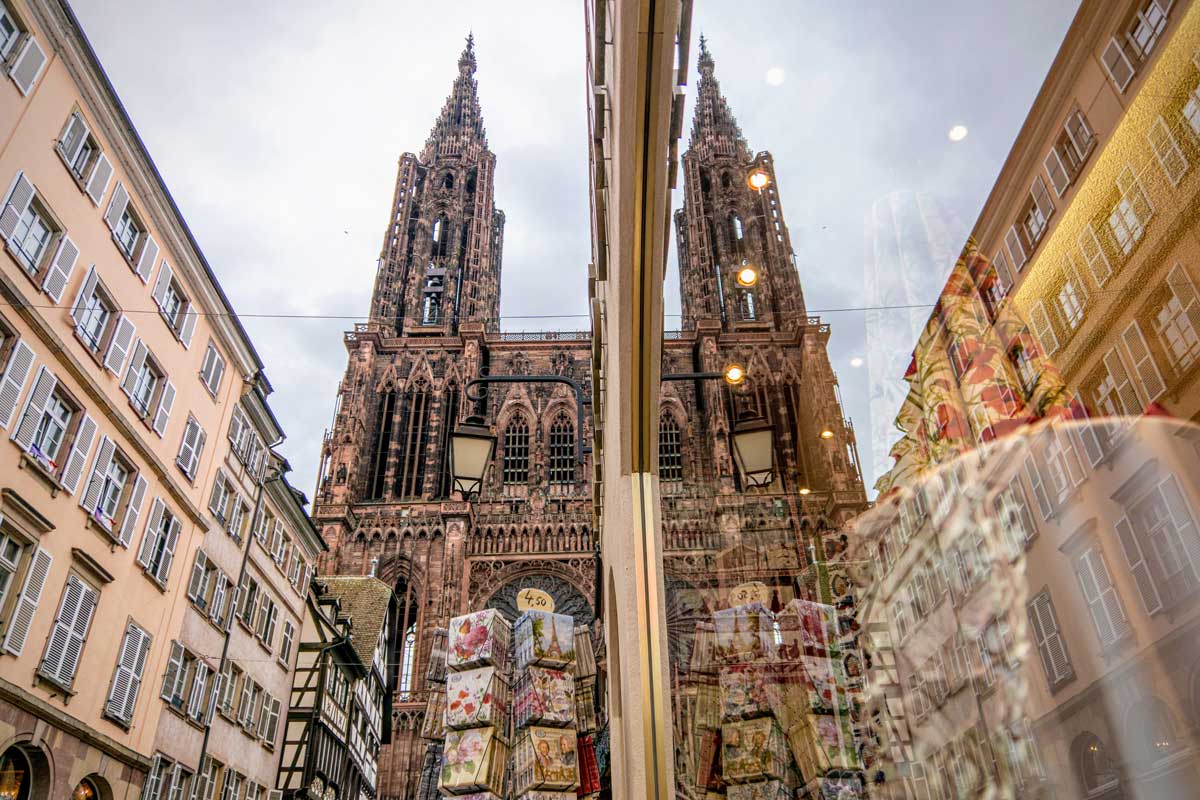Did you know that a great composer almost became the cathedral's organist? That there's nothing romantic about the Petite France district? Or that a part of the Berlin Wall can be found in Strasbourg? Discover these facts and many more with these 20 amusing and unusual facts about Strasbourg.
Whether you live in Strasbourg or are just passing through, knowing these anecdotes about the city will help you see it in a new light. And why not, shine at your next quiz night 😅 So get ready to discover Strasbourg with these 20 facts that might just surprise you.
La Marseillaise is not from Marseille, but from Strasbourg
Contrary to what its name suggests, the French national anthem, "La Marseillaise", is not from Marseille, but from Strasbourg. In 1792, at the height of the war against Austria, the mayor of Strasbourg, Philippe-Frédéric de Dietrich, asked Captain Rouget de Lisle, who had already written "L'hymne à la liberté", to compose a war song.
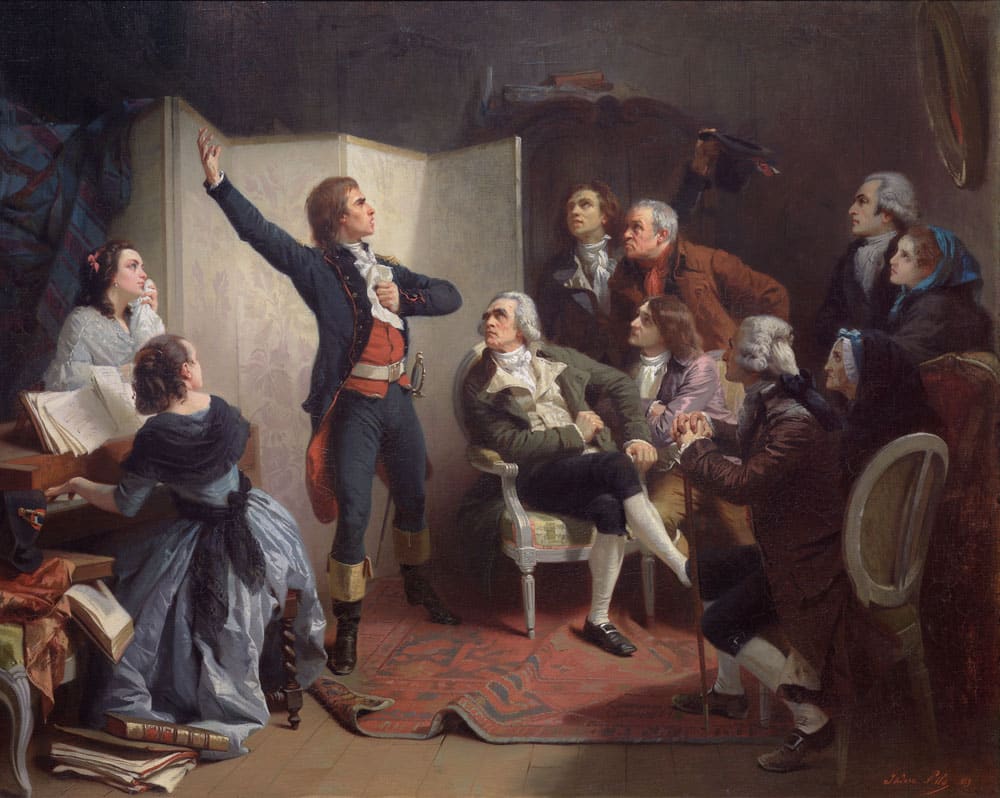
The result, "Le Chant de guerre pour l'Armée du Rhin", was presented in the mayor's town house at 17 rue des Charpentiers. The identity of the first performer remains uncertain, but the song's impact was immediate and profound. Three months later, federates from Marseille adopted it on their way to the Tuileries, renaming it "La Marche des Marseillois", before it became "La Marseillaise".
Officially declared a national song on 14 July 1795, it went through periods of obscurity under the Empire and the Restoration, only to re-emerge after the revolution of 1830 and finally become the national anthem in 1879.
Petite France, a less than romantic origin
The picturesque Petite France district of Strasbourg hides a history that is less idyllic than it might seem. The origin of the name dates back to the Middle Ages, to 1494 to be precise, during the Italian campaign. French troops returning from the war brought with them syphilis, a disease unknown in Europe at the time and quickly dubbed the "French disease" in Italy.
In Strasbourg, sufferers were isolated in the tanners' district, which was not exactly renowned for its cleanliness, particularly in a house called Zum Franzoesel, which later became "La Petite France".
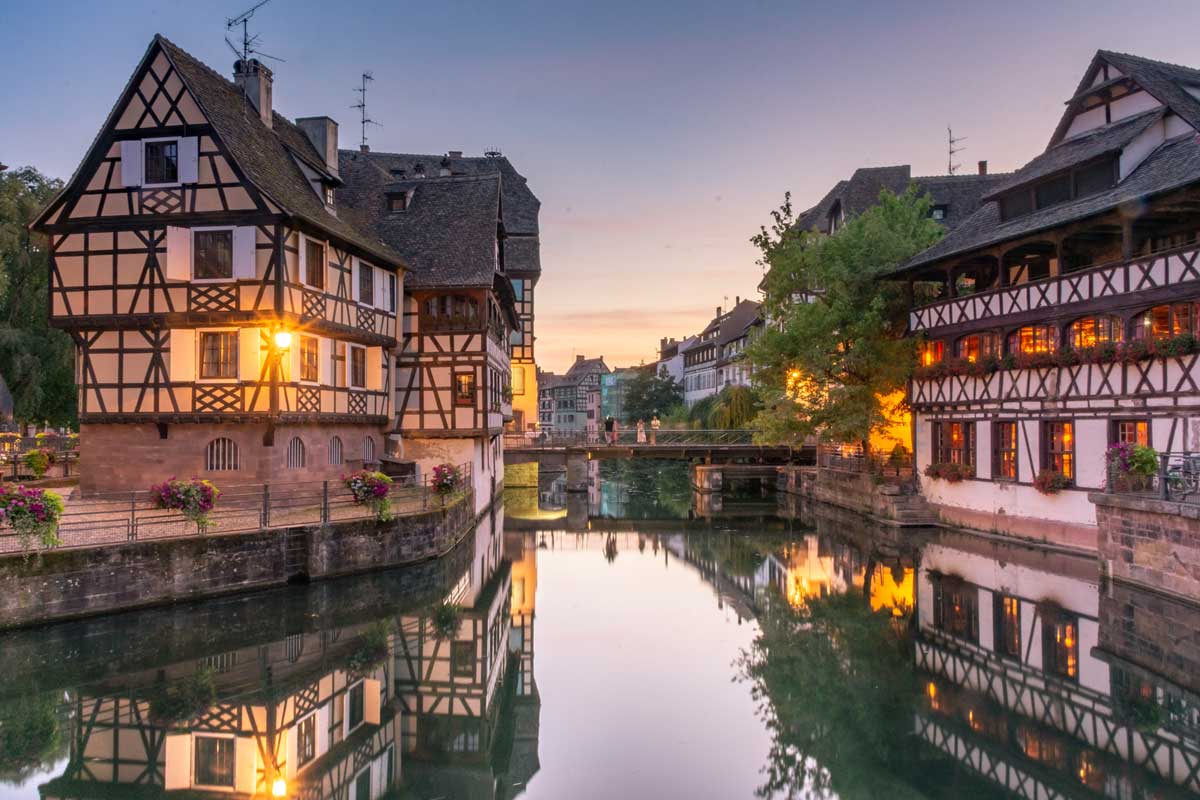
Far from having any romantic connotations, the name of this emblematic district of Strasbourg is closely linked to the syphilis epidemic, reflecting a less pleasant and often little-known part of its history.
A French embassy... in France
An embassy is a diplomatic representation of one country in another. It serves as a place for communicating and promoting relations between the two countries. The ambassador, who heads the embassy, acts as the official representative of his home country to the host country.
Strasbourg has a unique situation: the city, known as a European and international centre, is home to a French embassy... in France!
This is because Strasbourg is the headquarters of the Council of Europe, an intergovernmental organisation founded in 1949. Each member, including France, appoints an ambassador to represent its interests there. France's permanent representative to the Council of Europe therefore has a function similar to that of an ambassador, although he is based in France. Since 1966, this ambassador has been based in the Villa Oppenheimer, near the Parc de l'Orangerie in Strasbourg.
Bees living in the cathedral
Strasbourg cathedral probably has one of the largest beehives in Strasbourg. The bees nest in the boulin holes, 12 cm wide holes in the stone that were once used to hang wooden sleepers to support the scaffolding when the cathedral was being built.
Today, these holes are sealed with stone plugs to keep out pigeons. But bees manage to squeeze through them to protect themselves from the heat in summer and the cold in winter. Teams from Œuvre Notre-Dame, which is responsible for preserving the building, regularly have beekeepers remove the swarms and place them in one of the hives installed at the back and sides of the cathedral. Managed by the APIterre association, these hives produce honey that is harvested every year.
There are other hives in the centre of Strasbourg. In particular, there are 10 hives on the roof of Galeries Lafayette, producing the delicious "Miel de la place Kléber".
The oldest Christmas market in France
Strasbourg has been holding a Christmas market, also known as Christkindelsmärik, since 1570. This makes Strasbourg the oldest Christmas market in France and one of the oldest in Europe.
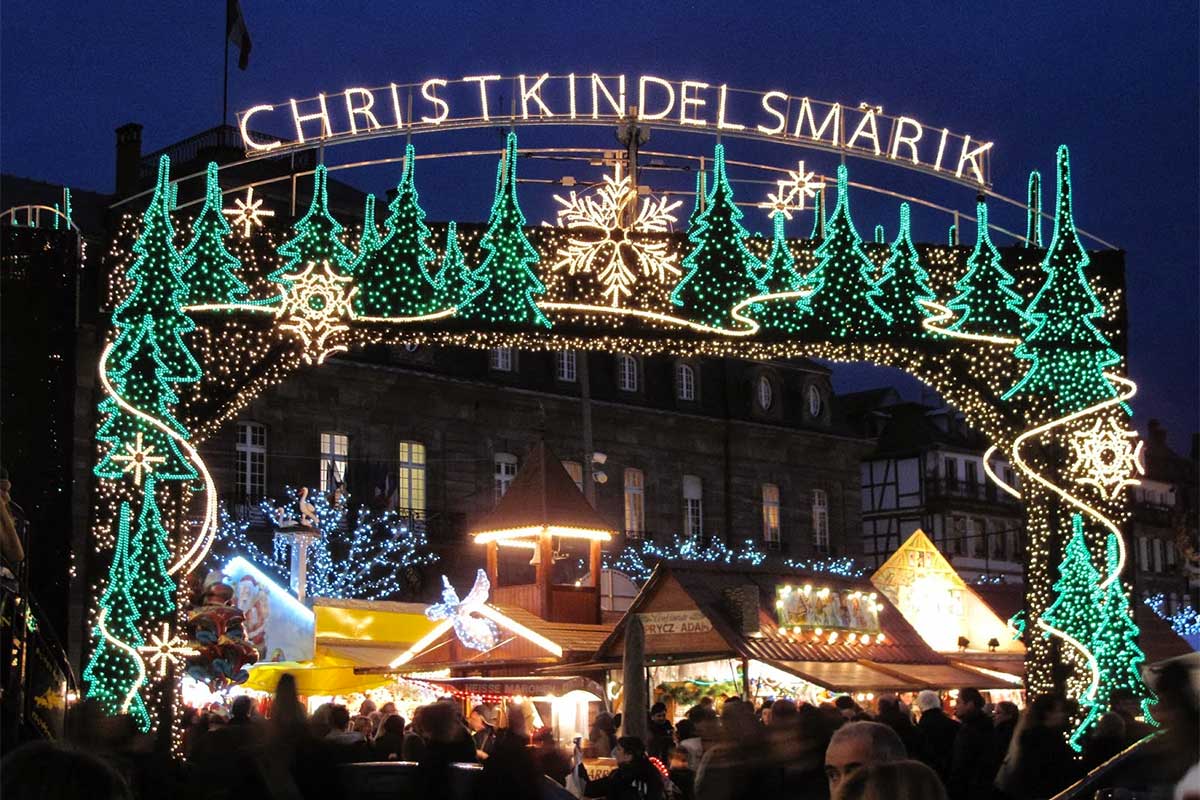
More than 300 chalets are spread out over a dozen squares where you can discover and buy local crafts, Christmas decorations and Alsatian culinary specialities such as the famous "bredele", our little Christmas cakes, or mulled wine.
The star attraction is undoubtedly the big Christmas tree on the Place Kléber, symbolising Strasbourg's festive spirit. Every year, this tree coming from Vosges is carefully decorated according to a particular theme.
The city with the most bridges in France
Strasbourg is the French city with the most bridges. With more than 230 bridges over rivers and streams, it has more than Amiens, Toulouse or Paris. On the scale of the Eurometropole, there are even over 450 bridges, more than Venice, which has just 435!
Among the most emblematic is the Pont du Faisan in Petite France, which turns to let the Batorama boats pass. There is also the Pont Saint-Thomas, one of the oldest cast-iron bridges in France, which was listed as a historic monument in 1995. Finally, the Pont du Corbeau provides a link to the Grande-Île from the Krutenau. It was once the site of executions!
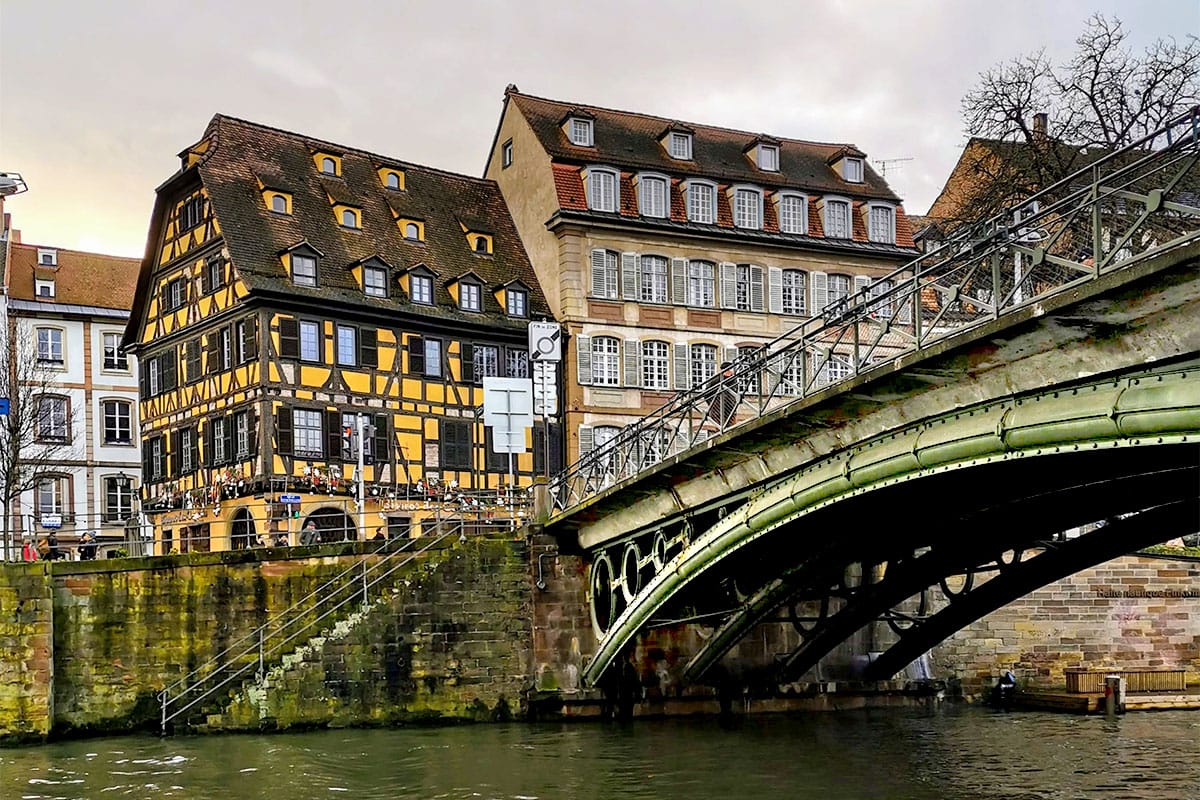
Strasbourg cathedral has only one spire
Strasbourg cathedral, with its single 142-metre spire, has been an emblem of the city for nearly six centuries. This unique architectural feature raises an intriguing question: why does the cathedral have only one spire? The answer is not simple, and is intertwined with history, finance and architectural choices.
Originally, the cathedral had two towers, like the one in Paris. However, a central belfry was added to stabilise the western mass after an earthquake in Basel. This belfry was then topped by a large octagonal tower and spire, completed in 1439.
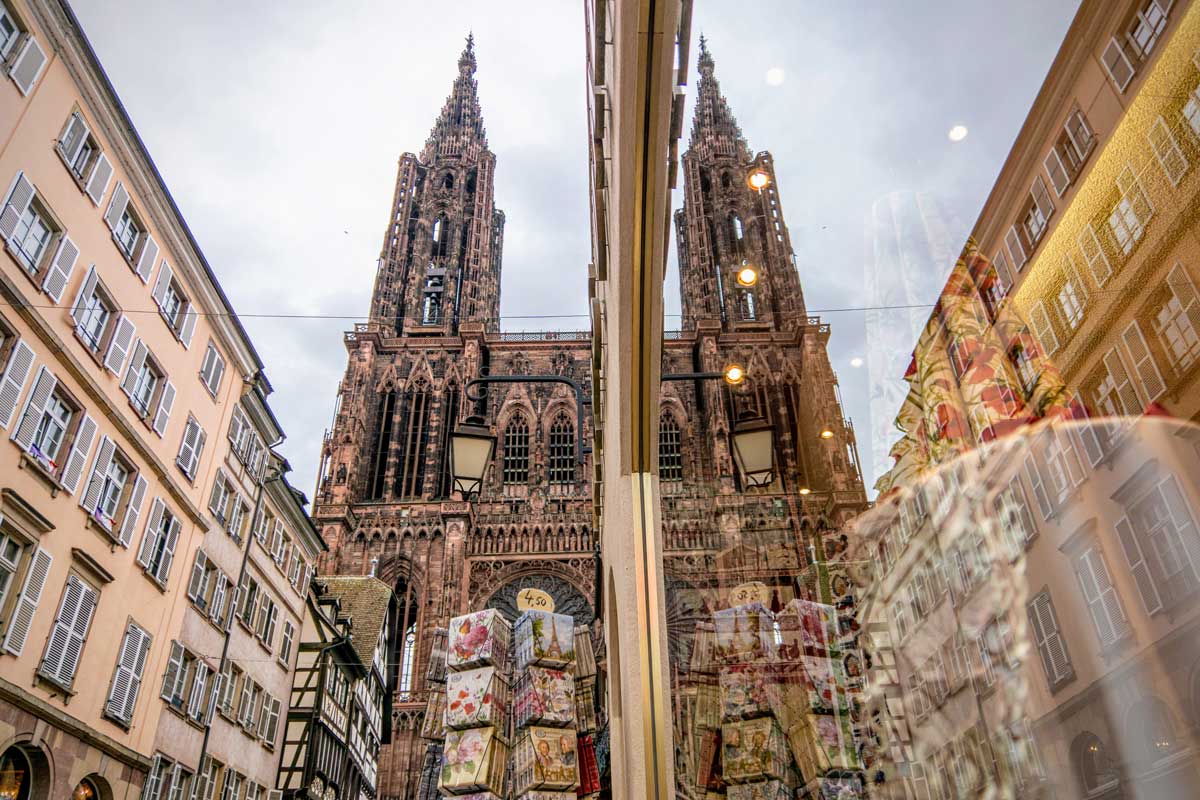
There are many reasons why a second spire was not built. Firstly, there were financial constraints. As the cathedral was already the tallest in Christendom, completing the second spire was not a priority. Secondly, the idea that the unstable foundations would have prevented the construction of a second spire was also raised, but considered unlikely.
The first mention of the Christmas tree is in Strasbourg
The tradition of the Christmas tree, an essential symbol of the end-of-year festivities, has its roots in Strasbourg, long before the oft-quoted mention of Sélestat in 1521. In fact, a document from the Œuvre Notre-Dame dating from 1492 reveals that Strasbourg is the real cradle of this custom.
At that time, fir trees were put up in different parts of the city to celebrate the renewal in the middle of winter. These trees were adorned with simple, natural decorations, such as apples and pretzels, bringing colour and life to the darkest days of the year.
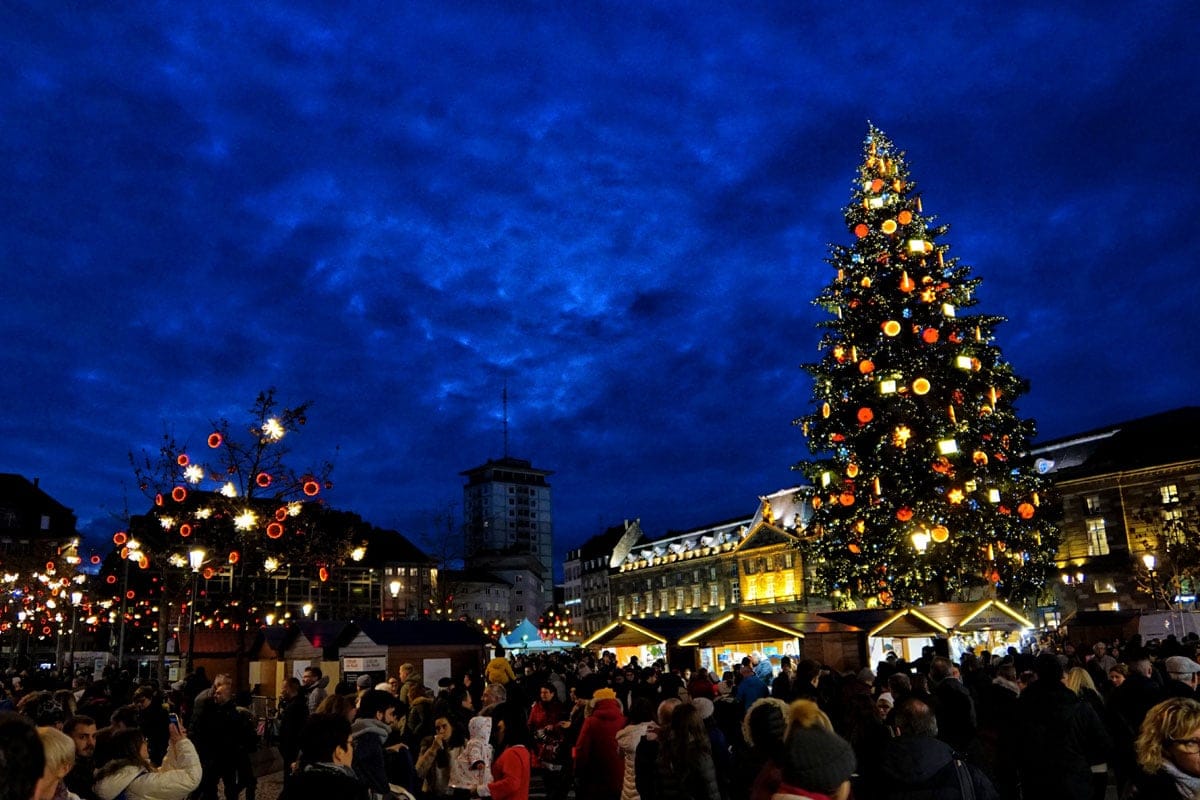
In the 18th century, the tradition of the Christmas tree entered the home, marking a turning point in the celebration of Christmas. With German migration, the custom crossed the Atlantic and became firmly established in Christmas traditions around the world. In Strasbourg, the Grand Sapin, which has become an emblem of the city, has stood majestically on the Place Kléber for some twenty years.
Strasbourg, home of the printing press
Between 1434 and 1444, Johannes Gensfleisch, better known as Gutenberg, lived in Strasbourg, where he laid the foundations for one of the greatest inventions in history: printing with movable metal type.
The record of a court case in 1439 involving Gutenberg and the heirs of his deceased partner, André Dritzehn, sheds some interesting light on the subject. This document, which is rich in testimonies, subtly evokes printing elements such as forms, molten lead, punches and a press that was hastily dismantled.
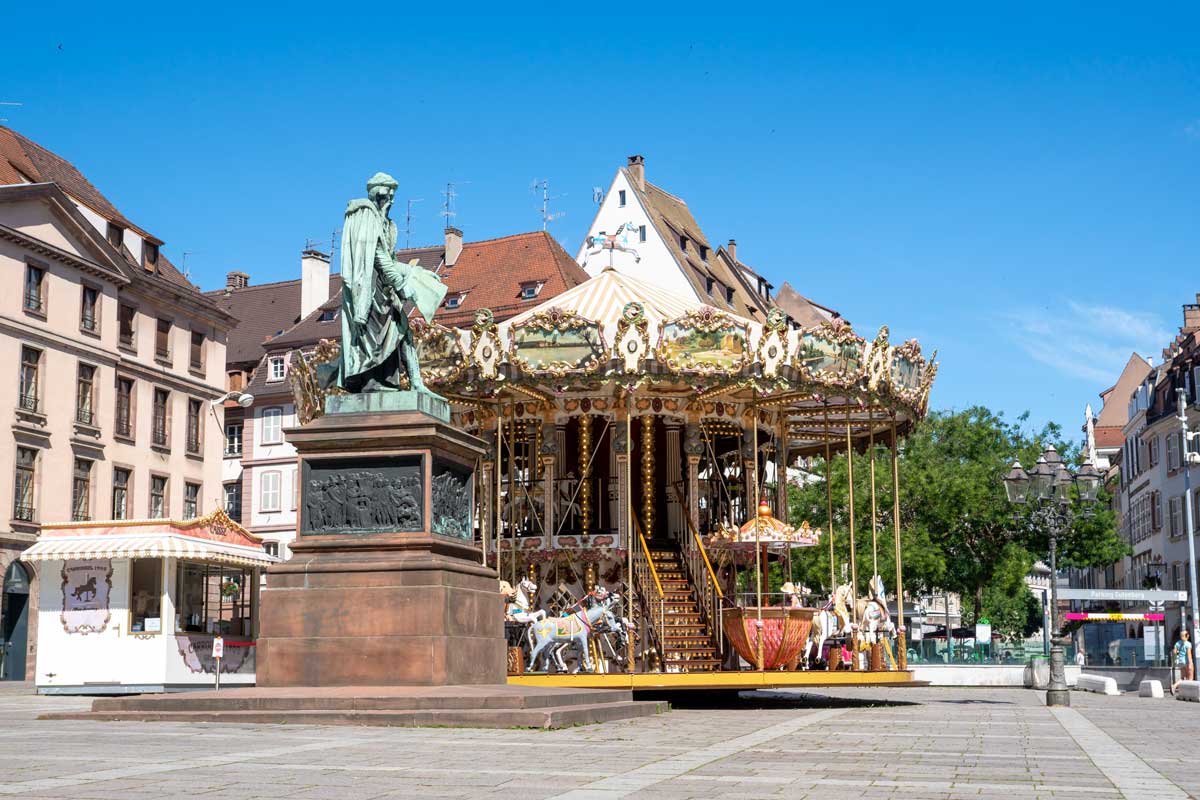
These clues strongly suggest that it was in Strasbourg that Gutenberg carried out the essential preparatory work for his invention. He returned to Mainz in debt, where he completed his invention. In 1455, he completed the printing of the first 180 copies of his famous 42-line Bible. Three years later, another printer from Strasbourg, Jean Mentel, began production. The two men used to occupy the same premises near the cathedral...
Thanks to printing, Strasbourg would become a major centre for the dissemination of culture, one of the cradles of the Protestant Reformation and Rhenish humanism.
France's cycling capital
As soon as they arrive in Strasbourg, visitors are often surprised by the never-ending stream of bicycles criss-crossing the city. Here, the bicycle is king, in all its forms: city bikes, vélhop self-service bikes and cargo bikes for transporting children and even tools. In Strasbourg, we like to get around by bike. It's fast, cheap and practical.
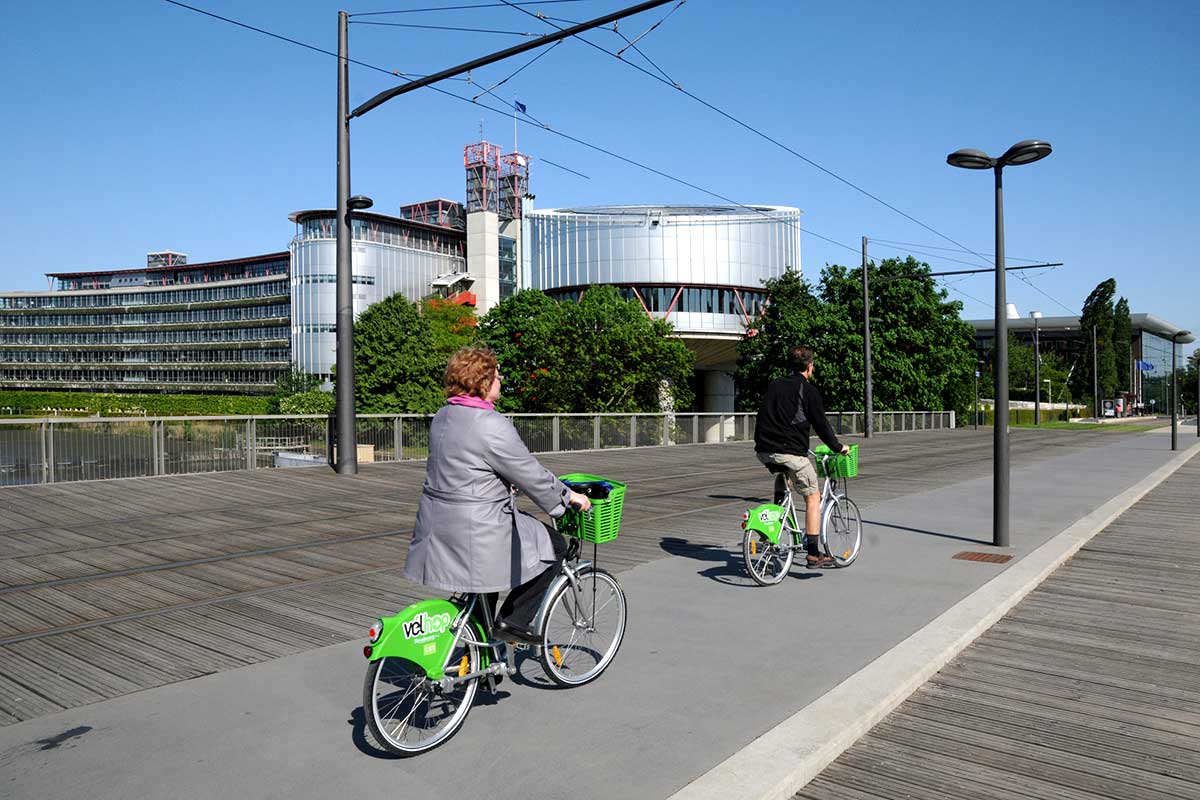
The city stands out both in France and abroad. The Copenhagenize Index ranks Strasbourg as the 4th most cycle-friendly city in the world. In France, the city is at the top of the podium with its 600 km of cycle paths and its figures on the use of bicycles. According to a recent study by Insee (the French National Statistics Institute), 13.8% of home-to-work journeys in the Strasbourg conurbation are made by bike, a figure that rises to 17.8% in the city centre.
The oldest white wine in the world
At the heart of Strasbourg's Civil Hospital, the Historic Cellar of the Hospices holds an extraordinary secret: it houses the oldest white wine in barrels in the world, dating back to 1472. This cellar, a witness to hospital history, was founded in 1395, long before the famous Hospices de Beaune.
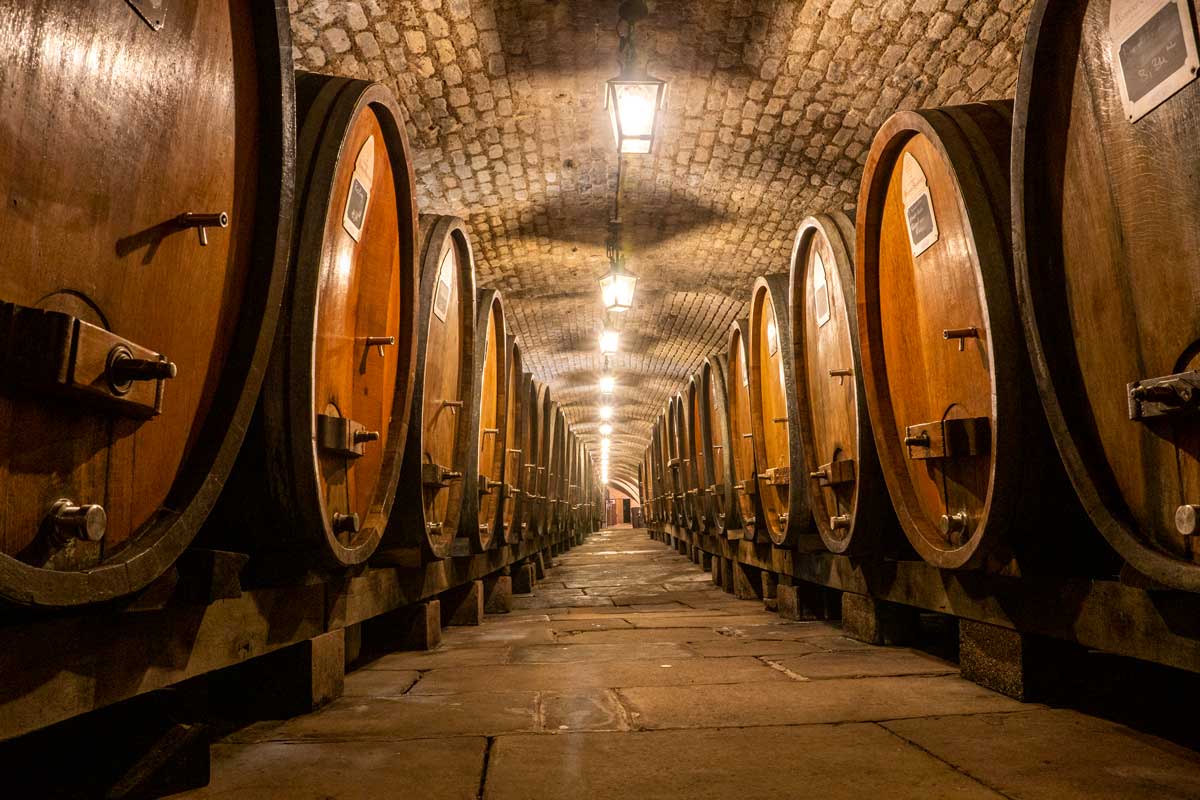
The 1472 wine, preserved in a cask, has only been tasted three times in history, on the occasion of landmark events such as the liberation of Strasbourg in 1944. Despite its age, this wine retains a unique structure and a surprising pH, making it not only historic but also scientifically remarkable.
The cathedral was the tallest building in the world for 4 centuries
From 1439 to 1874, Strasbourg cathedral was the tallest building in the world, with its spire rising to 142 metres. This architectural feat of the Middle Ages symbolised not only the wealth and power of the city, but also the ingenuity and avant-garde spirit of the builders of the time.
Its unique spire, visible from the Vosges mountains and the Black Forest, served as a landmark for travellers. Today, the cathedral is surpassed by Rouen (151 metres) in France and Ulm (161.53 metres) in Germany, which holds the title of highest cathedral in the world.
Strasbourg has its own currency, the stück
Since September 2015, Strasbourg has had its own local currency. The Stück, whose name means "lump" in Alsatian, was designed to complement the euro. This ethical currency aims to encourage local purchases and strengthen links between the city's residents and shopkeepers. You can even get part of your wages paid in Stück!
But be warned: if you pay in Stücks, don't expect to receive euros in return. The reverse is perfectly possible. It's a little help to keep the money in the local circuit. All that remains now is to find retailers who accept them. There are more than 200 in the Bas-Rhin region, which you can easily find using the association's directory.
Gallia, France's leading university restaurant
La Gallia, located in Strasbourg, holds the prestigious title of France's first university restaurant. Its history began in 1927, when the Association Fédérative Générale des Étudiants de Strasbourg (AFGES) acquired the Schutzenberger brasserie with the support of the Poincaré government.
From the outset, La Gallia stood out for its quality service, with meals served at tables on white tablecloths, breaking with the traditional image of university restaurants. The Resto U is still in operation today and is particularly popular with students.
A major collection on Ancient Egypt
Strasbourg trains Egyptologists. The city is home to a little-known treasure: an impressive collection of over 6,500 objects from Ancient Egypt. These include statuettes, sarcophagi, amphorae and amulets, which are analysed and preserved by the Institute of Egyptology at the University of Strasbourg.
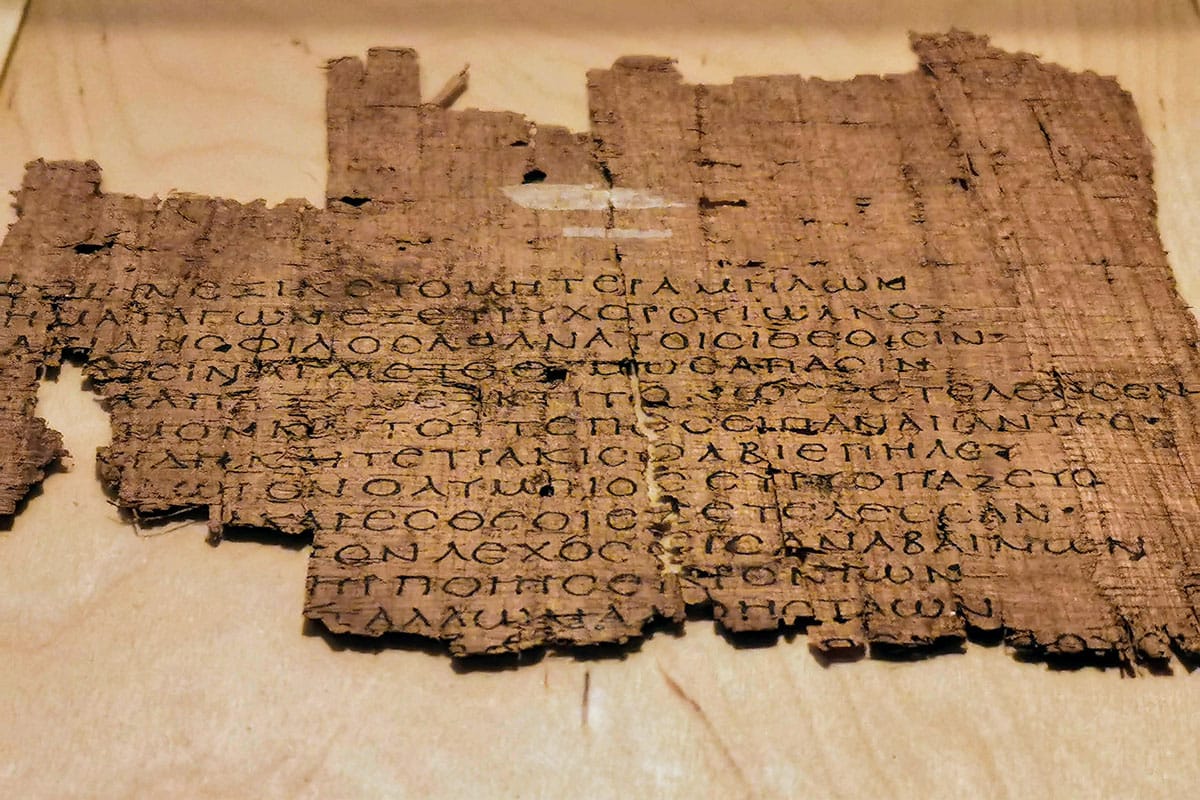
But that's not all. The university also has one of the largest collections of papyri and ostraca in France, totalling 6,000 papyri and 5,000 pottery shards and limestone fragments, all bearing witness to ancient writing. Some of these can be seen at the BNU.
Prussian shells in the facades
During the siege of Strasbourg, from 13 August to 27 September 1870, around 200,000 shells were fired at the city by Prussian soldiers, i.e. almost 300 shells an hour. It was one of the first sieges to massively affect a civilian population.
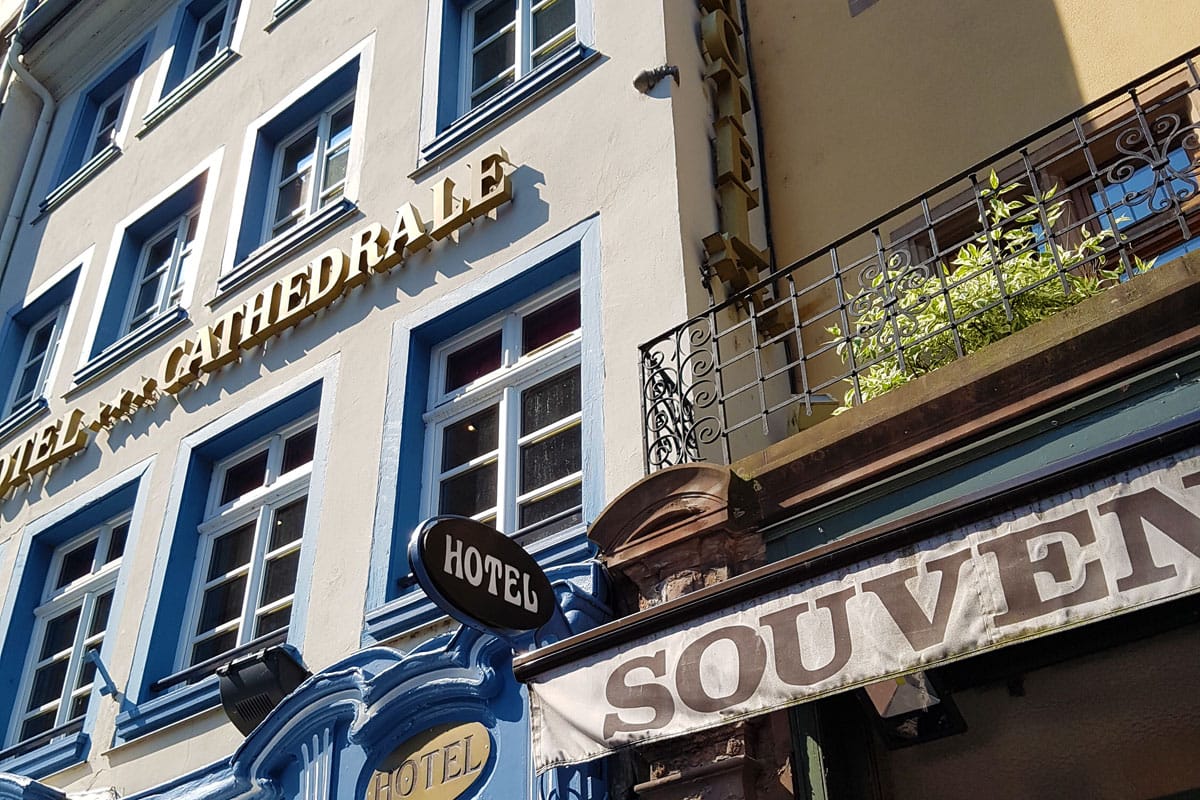
Even today, 8 of these shells can still be found embedded in the town's facades. Among them, the shell in the Place de la Cathédrale, lodged in the façade of the Hôtel de Cathédrale, and the one in the restaurant "Au Canon" in the Place du Corbeau, are the most unmissable.
These shells, salvaged and defused by their owners after the bombings, became symbols of resistance, integrated into the structures of the buildings when they were rebuilt. You can also touch one (and learn about this historic episode) at the city's Historical Museum.
A piece of the Berlin Wall can be found in Strasbourg
In the gardens of the European Court of Human Rights in Strasbourg, a significant piece of world history catches the eye: four sections of the Berlin Wall. Erected in 1961 during the Cold War, the Berlin Wall symbolised separation, and its fall on 9 November 1989 became a symbol of freedom and union.
After its fall, several sections of the Wall were scattered around the world, becoming works of art or historical relics. Strasbourg, among other French cities, has acquired four of these segments.
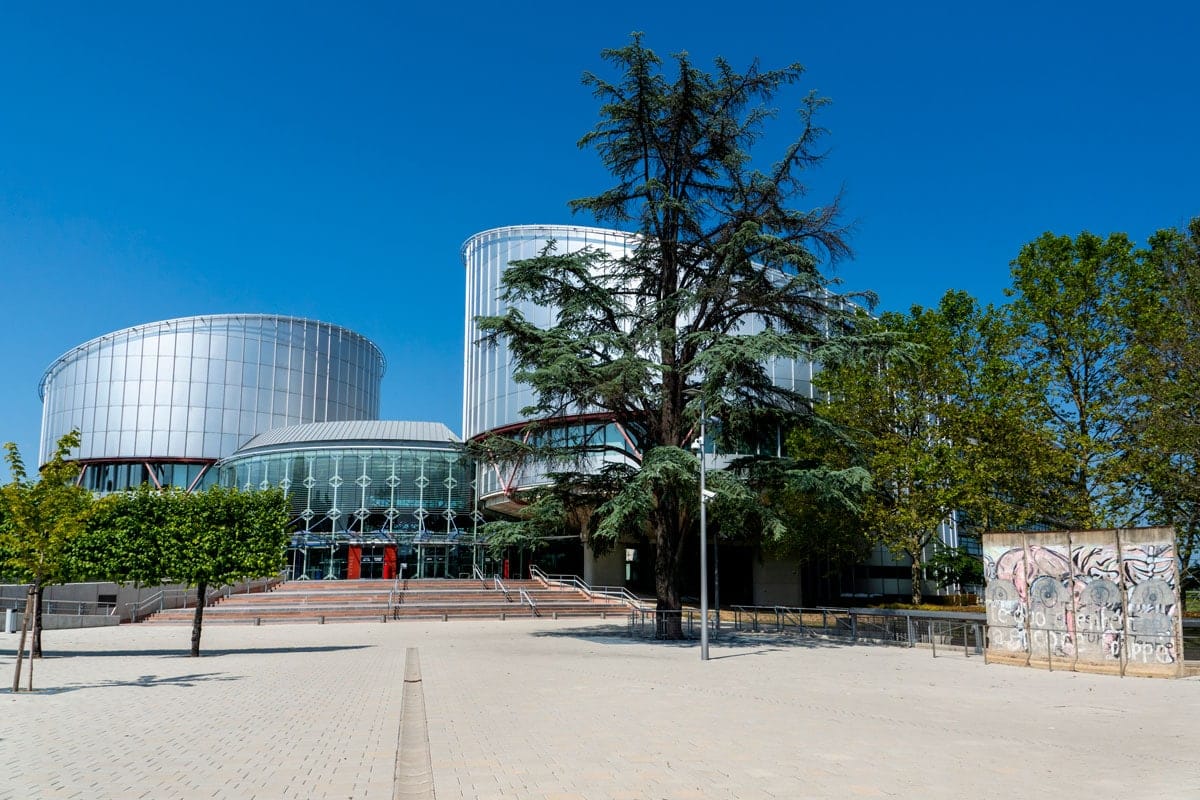
Although direct access to these pieces of the wall is limited, they remain visible from the gates behind the "Droits de l'Homme" tram stop, offering passers-by a poignant reminder of the continuing quest for freedom and union.
Mozart could have been the cathedral's organist
In 1778, Wolfgang Amadeus Mozart, then aged 22 and already famous in Europe, stopped off in Strasbourg for three weeks. Having returned from a disappointing stay in Paris, the young Austrian composer received a lukewarm reception in Strasbourg.
Despite a small audience at his major concert at the theatre on 24 October, Mozart quickly won a following in the city, playing with passion on the famous Silbermann organs in the Temple Neuf and Saint-Thomas.
During his stay, which was extended due to flooding, Mozart even considered settling in Strasbourg. Looking for an interesting job, he had his eye on the post of organist at the cathedral. Except that the current Kapellmeister, François-Xavier Richter, was unbeatable. In the end, Mozart left Strasbourg on 3 November.
Saint-Exupéry learned to fly in Strasbourg
In 1921, the young Antoine de Saint-Exupéry, the future author of the famous Little Prince, arrived in Strasbourg to work as a mechanic in a regiment. At just 21, he had an ambitious dream: to learn to fly. With financial help from his mother, he convinced the military authorities to allow him to take flying lessons.
Life in the barracks did not suit him, so Saint-Exupéry moved to 12 rue du Vingt-Deux Novembre, where he found refuge and inspiration in the beauty of Strasbourg, which he described as "exquisite" in a letter to his mother.
The three months he spent in Strasbourg were decisive: he left with his pilot's licence, a major turning point in his life. Today, a commemorative plaque on his former building commemorates the passage of this great writer and aviator.
Strasbourg changed nationality 4 times between 1870 and 1945
People often wonder whether Strasbourg is French or German. In fact, it has often vacillated between the two. Founded by the Romans in 12 BC as Argentoratum, the city came under Merovingian control in the 8th century, before becoming part of the Holy Roman Empire.
In 1262, it freed itself from the feudal domination of its bishop and became a free imperial city. The conquest of the city by Louis XIV in 1681 marked a turning point, making Strasbourg part of France.
But there was more to come. Between 1870 and 1945, Strasbourg changed nationality four times: it was attached to the German Empire from 1870 to 1918, then returned to France after the First World War. During the Second World War, from 1940 to 1944, it was again annexed to Germany, before finally returning to France on liberation.
Kammerzell, the oldest house in Strasbourg
Closed to the Strasbourg's Notre-Dame cathedral stands the Maison Kammerzell, a historic building that does not go unnoticed with its half-timbering, its orange colour and the many sculpted features on its façade. Its origins date back to 1427. However, it was in 1589 that the house acquired its current appearance.
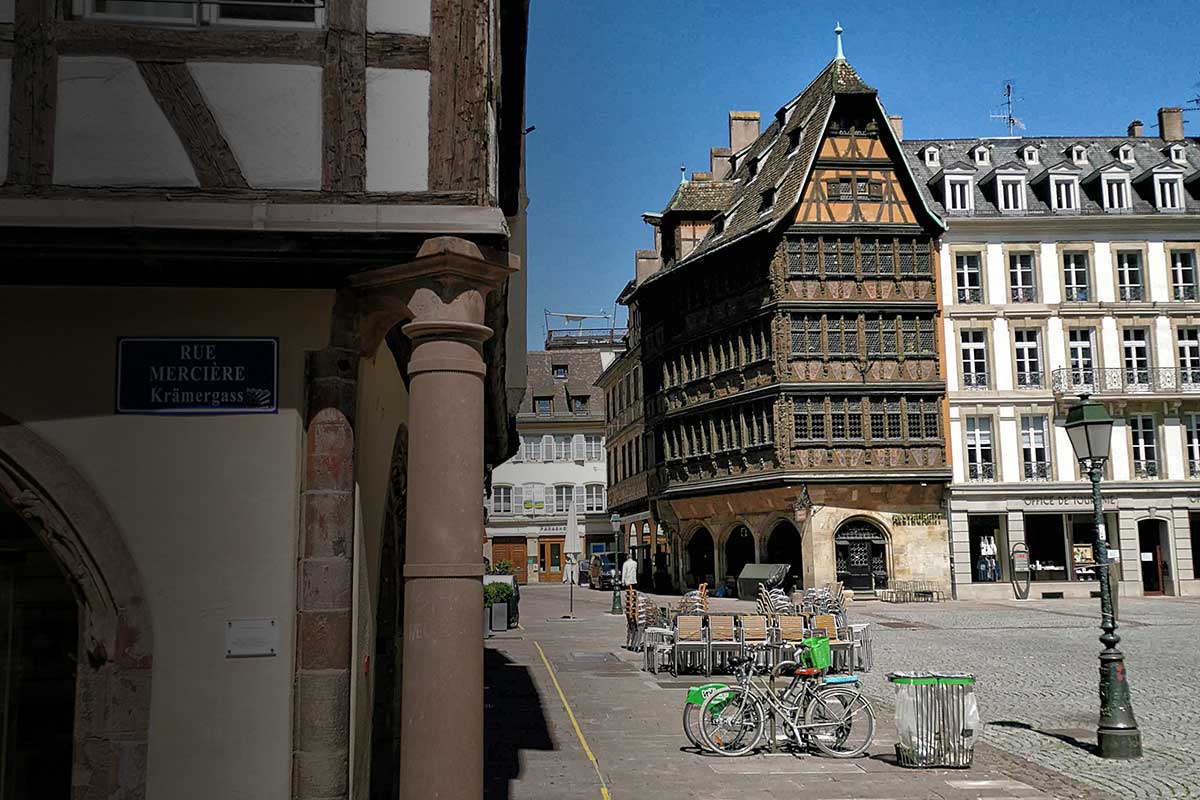
In 1879, the Fondation de l'Œuvre Notre-Dame bought the Maison Kammerzell and undertook major restoration work. This initiative marked a turning point in the history of the building, which was then transformed into... a restaurant.
Today, the Maison Kammerzell is not only a privileged witness to Strasbourg's history, but also a place where people live and eat, renowned in particular for its three-fish sauerkraut. Along with the cathedral, the Maison Kammerzell is one of Strasbourg's oldest buildings still in use.

